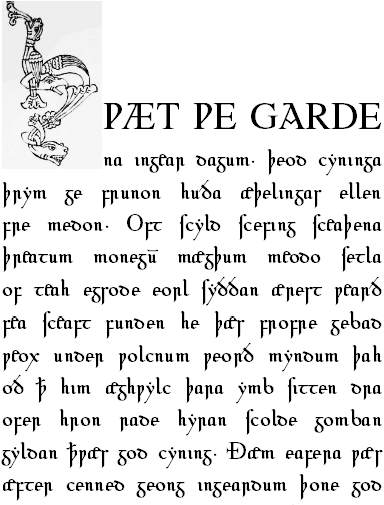Here's a Page from the original 1611 printing of the King James [View all]
Translation of the Bible:

This is the Bible people were reading in the 17th Century. Spellings weren't the same as they are today, and the typeface in use in this edition seems rather strange to most readers today. Just 400 years ago. Most people would quickly put this down if that was the only version of the Bible they had access to. It's just too hard to read now. We can still make it out in 2018, but who has the patience to read it in that form?
Just 400 years. The language has changed a great deal in that time. Now, go back to the year 1000. Here's what English looked like then, from an early manuscript of Beowulf in Old English:

Can't make that out at all, can you? Few can. Some scholars can read it, although they really have no idea what Old English sounded like. It's funny to hear different scholars try to read it aloud. They're all over the place. Nobody has heard Old English for 1000 years.
If we go back 2000 years to the year 1 CE, English didn't exist, and the Hebrew, Greek, and Aramaic of early Bible texts is as hard to make out today as the Old English of Beowulf, or even harder. Here's an image of an early Bible Text, specifically Matthew 24:

So, why do we think what we find in our copy of a recent translation of the Bible says the same thing as that early copy of the Book of Matthew? It doesn't. Not a chance. What we read today is someone's impression of what it originally said. It's someone's guess. It's someone's scholarship, of course, but how does language survive for 2000 years intact? It doesn't. Period.
It's worth thinking about.